【Private】Bonsai-Making Experience with a Gardener in the Birthplace of Bonsai
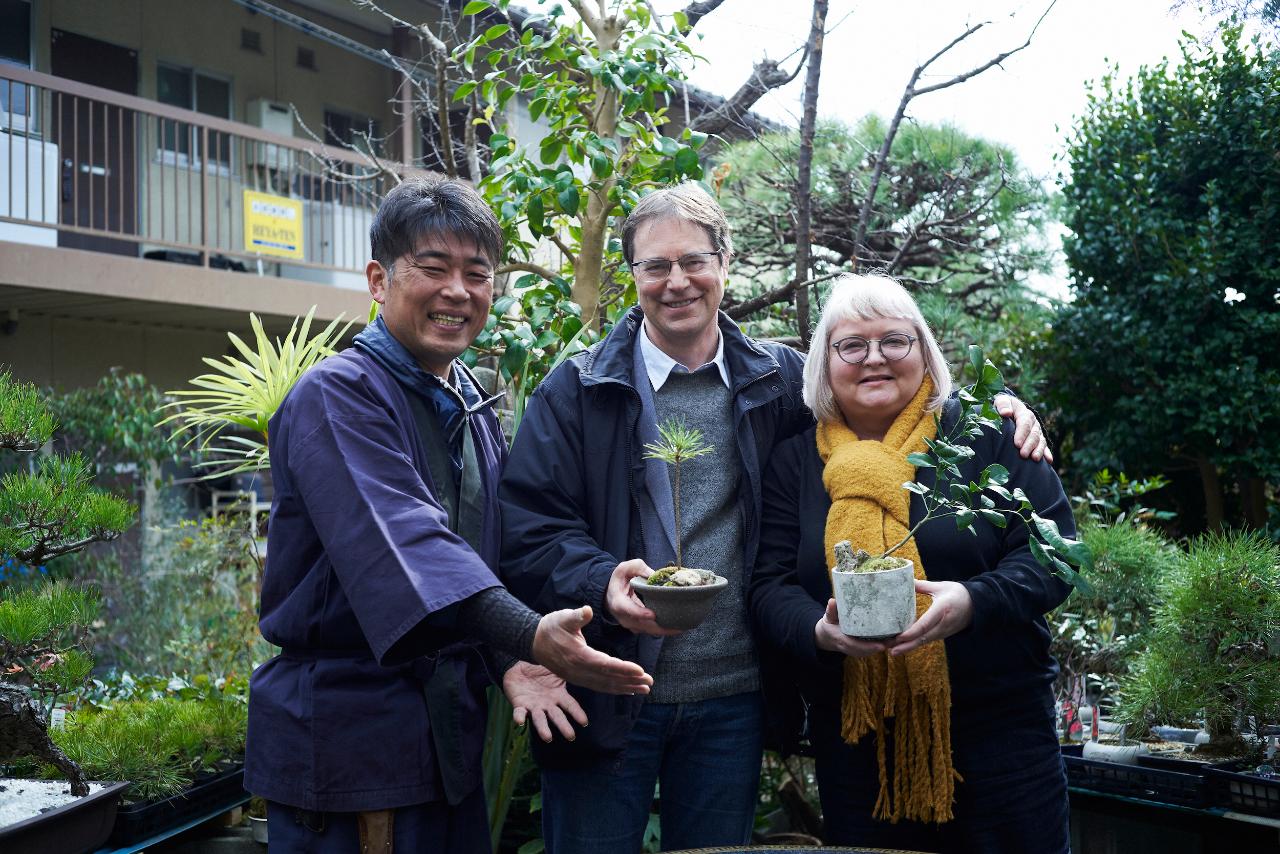
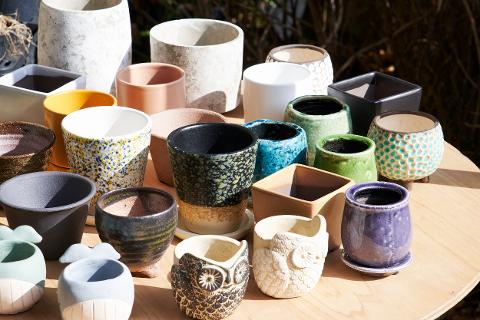
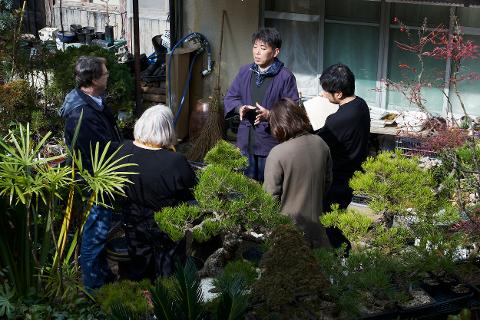
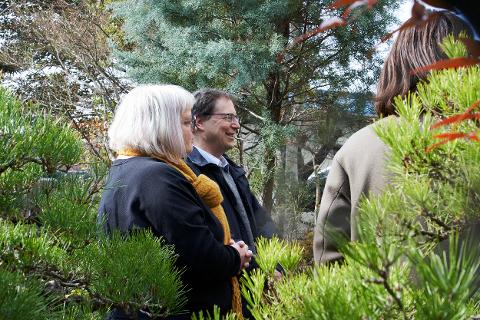
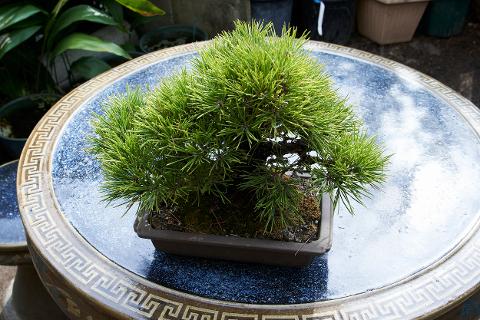


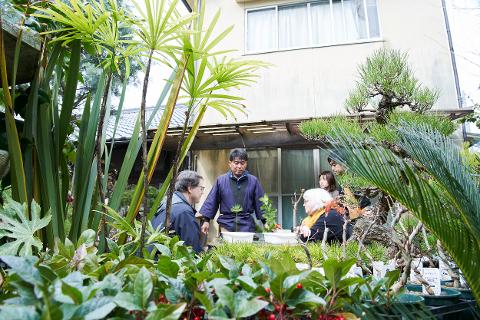
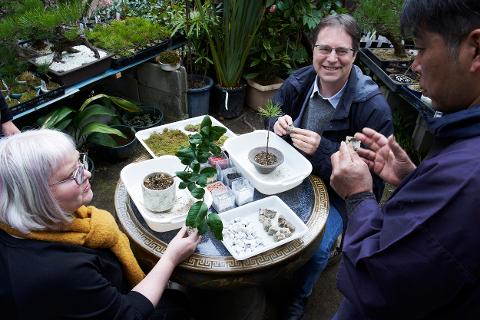
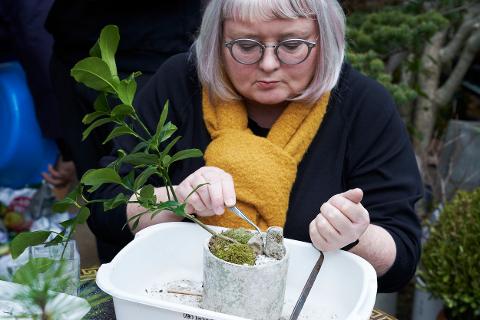
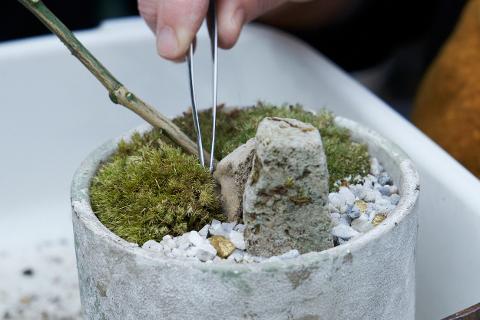
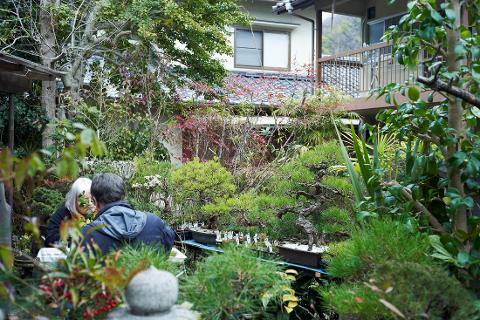
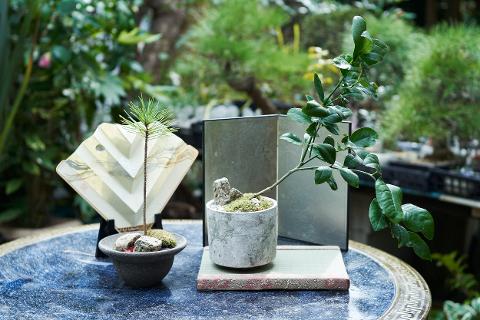
- 期間: 60 分 (約)
- 所在地: Hiroshima-shi, Nishi-ku, Hiroshima
- 製品コード: EN-HSM-4081-40813
【STORY】
The Koi district (Nishi-Hiroshima) of Hiroshima City, where Niwayoshi-Kaen has been located for more than 400 years since the Edo period, is said to be the birthplace of bonsai, and even today there are many landscaping businesses in the area. The garden's grounds are lined with a variety of trees, including pine trees, cherry trees, and autumn leaves, as well as many potted plants and bonsai under care.
In 1619, when Asano Nagaakira came to Hiroshima as the third lord of Hiroshima Castle from Kishu, Botanya(Peony)-Jiroemon, a peony shop owner from Osaka, followed the lord to produce peonies. And it was Koi that was selected as a suitable site for peony production. This led to the cultivation of plants, bonsai, and flowering plants from the mid-Meiji period (about 260 years later), and by the Taisho(1912-1926) and early Showa(1927-1986) periods, Koi became one of Japan's leading production centers for these products. According to one theory, the so-called "bonsai" also spread from the Koi district to the rest of the country. Botanya returned to Osaka, and his son, Uekiya(gardener)-Jiroemon, who is a gardener, settled in Koi and became the first gardener.
Hiroshima bonsai techniques include the granite soil formed by the granitic nature of Hiroshima. This soil, which is well-drained and poor in nutrients, is unsuitable for tree growth. However, because the purpose of the Koi was to transplant trees, they developed techniques to control the growth of trees and produce garden plants as works of art. This allows Hiroshima bonsai to be beautifully detailed and precise. In addition, flower shears produced with superior iron from Tatara iron, as typified by Aki-juri(10 useful items using iron), were ideal for tailoring. The mastery of craftsmanship by artisans of both Tatara iron and bonsai existed in the essence of the art and deepened the techniques.
Today, the value of Japanese bonsai is recognized and spreading around the world under the name of BONSAI. Since the founding of the "Hyakkaen" garden of the Asano clan 400 years ago, Hiroshima has certainly had a spectacular garden, flowering plants, and bonsai culture as a key location in the San-you region, centered on the castle town. the center of this culture is Koi. To utilize and pass on to the next generation the skills and techniques of the artisans that have been passed down from generation to generation in this region, we've changed the kanji for "裁(SAI)" in bonsai to "綵 (SAI)" and the Hiroshima Bonsai has begun to breathe new life into the word "BONSAI". The word "綵 (SAI)" is used to describe beautiful silk fabrics, and bonsai is the art of creating a world on a tray. Using the nature of greenery itself, various traditional cultures and the latest technology are combined and woven together on the tray to create a new world and beautiful textiles. This is the concept behind "広島盆綵 -Hiroshima BONSAI," and we believe that the works and new objects produced will permeate both domestically and internationally, creating values that are universally accepted.
【HIGHLIGHTS】
- Hear about the history and work of bonsai artisans who have been working for generations in the birthplace of bonsai.
- What is the key to appreciate bonsai, taught by artisans?
- Bonsai creation is possible with a selection of plants selected by the artisan and special vessels (Tokoname-yaki, Shigaraki-yaki, and Hagi-yaki).
- You can get comments from the artisan on your creation.
- Works can be displayed and photographed.
【SCHEDULE】
[14:00] Gathering and self-introductions
[14:05] Explanation about Niwayoshi‐kaen (History, gardener's work, and Koi Bonsai)
[14:25] Bonsai-Making Experience (Select plants and vessels and make a bonsai)
[14:45] Time to appreciate the bonsai you have created
[14:50] Time to photograph the bonsai you have created
[14:55] Greetings from the artisan
[15:00] End
【THINGS TO NOTE】
- Duration:60 minutes
- Meeting point:Niwayoshi-Kaen
101 3-16-15 Koiue, Nishi-ku, Hiroshima City, Hiroshima 733-0815 [MAP] - Access:
18-minute walk from JR Nishi Hiroshima Station on JR San-yo Line
or
20-minute walk from Hiroden-nishi-hiroshima (Koi) Station on Hiroshima Electric Railway Miyajima Line - Minimum number of participants:4 people
- Language support:Japanese
- Included:Saplings, stones, moss, and a vessel for bonsai creation
- Items to bring / Clothes:Since soil and water will be handled, we recommend that you prepare your cuffs to prevent them from getting dirty.
- Participation requirements:
・4 years and older if accompanied by a parent or guardian; 9 years and older if not accompanied by a parent or guardian
・Wheelchairs are accessible.
・Strollers are accessible. - Free WI-FI:No
- Toilet:Yes (Barrier-free type is not available)
- Other things to note:
・This plan is only available in Japanese. Please note that an English-speaking guide will not be provided.
<About bringing home a bonsai>
・Only available in Japan. (We will pack your bonsai.)
・The price remains the same even if you do not take the bonsai home.
【CANCELLATION POLICY】
Until 72 hours before the experience start time: 0%
From 72 hours before the experience start time to start time: 100%
Cancellation after the experience has started or cancellation without contact: 100%
※Right after the online settlement is made, a cancellation fee of 10% will be incurred in case of cancellation.
※The cancellation fee includes handling charges.


